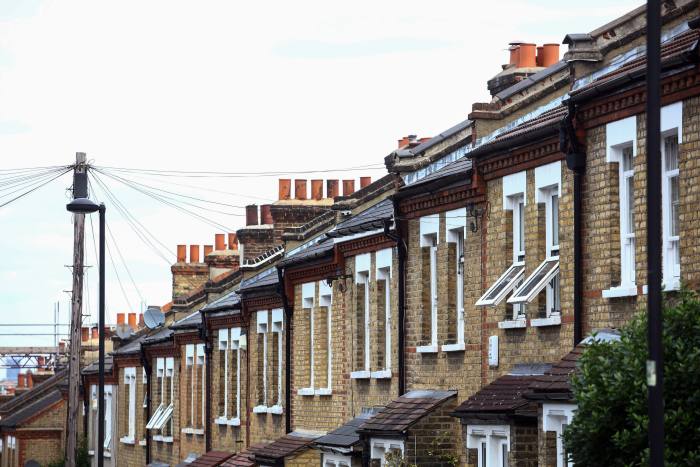
Mortgage availability looks set to tighten further over thenext five years, as interest rates continue to rise.
With high deposit requirements and limited access to finance, home ownership is becoming increasingly restricted to a smaller group of households, driving up demand for accommodation in the private rented sector.
With high deposit requirements and limited access to finance, home ownership is becoming increasingly restricted to a smaller group of people, driving up demand for accommodation in the private rented sector.
The new, more assertive tax regime for buy-to-let (BTL) investors means that we are unlikely to see more rental supply coming from there, and in fact falling numbers of BTL mortgages suggests that investors in that sector are consolidating their portfolios. This means we must look to the professional build-to-rent sector to expand and fill the gap in our rented housing supply.
The Summer Budget of 2015 marked the point at which politicians sought to discourage BTL investment through tax policy. Firstly, the chancellor restricted the tax relief available on interest payments for BTL landlords (which means that by the 2020-21 tax year, only basic tax relief will be given to private individuals), then he imposed a 3 per cent stamp duty surcharge at point of purchase, and finally he excluded them from the cut in the capital gains tax rate in 2016.
At the same time, the Bank of England began to fret that a resurgence in BTL lending presented a risk that needed mitigating. So it introduced mortgage regulation to the BTL sector through stress-testing affordability, in a similar way to existing rules for owner occupiers. Investors looking to take out a BTL mortgage must now also demonstrate they have a credible repayment plan and must show that their rental income covers costs such as management fees, maintenance and voids, as well as their mortgage interest payments.
All current evidence shows that this has made it substantially more difficult for those with a recourse to debt to enter the BTL market or expand their existing portfolios.
According to UK Finance, the number of BTL mortgages granted for purchasing a property stood at 75,300 in the year to the end of August this year. That is 47 per cent lower than in the year to March 2016 (albeit that total was inflated by a rush to beat the 3 per cent stamp duty additional home surcharge).
The growth in the number of outstanding BTL mortgages is lower still at just 24,800. That figure is a full 60 per cent less than at the post-GFC low point of 2010. More importantly, there is a 50,000 differential between the growth in the number of outstanding BTL mortgages and new mortgage lending. This shows that mortgaged BTL investors are shedding mortgaged stock, potentially by consolidating their portfolios.
Key points
The number of buy-to-let mortgages is falling
The authorities have put a dampener on the buy-to-let sector with taxes and regulation






